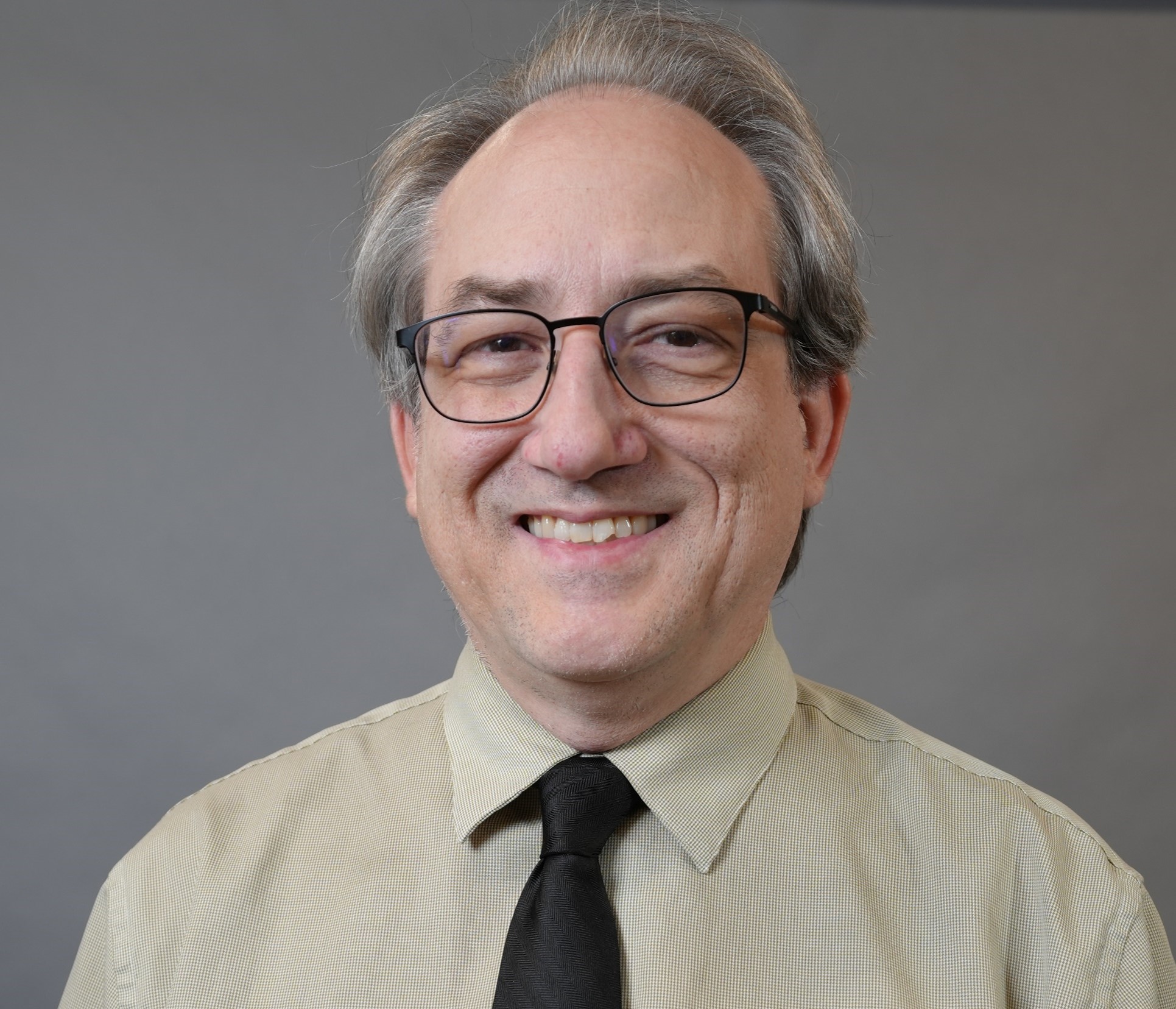National Institute of Standards and Technology (NIST)
Spectrum Technology and Research Division
Fiber Sources and Applications Group (675.02)

Abstract
A frequency comb is the spectral content of a train of ultrashort laser pulses. It is a coherent light source composed of thousands of narrow equidistant spectral lines that covers terahertz of bandwidth in the infrared. In the late 1990’s, NIST lead the way to developing frequency combs for better atomic clocks. Today, NIST scientists are at the forefront of advancing frequency combs towards applications in atmospheric spectroscopy. Trace gas molecules can be identified by which frequencies of light they absorb. Since the thousands of comb lines are precisely known in frequency, the absorption of comb lines through a trace gas can be used to precisely measure multiple gases.
In this colloquium, I will introduce how to use two phase-stabilized infrared frequency combs to measure atmospheric traces gases using open-path dual comb spectroscopy (DCS). Given the coherent and broadband nature of the frequency comb, it is an ideal light source to measure entire absorption bands of multiple gases with high spectral resolution over kilometer length open paths. These properties make DCS ideal for measuring small trace gas enhancements due to urban and agricultural sources. Measuring atmospheric trace gases requires the ability to perform laboratory-level precision ultrafast spectroscopy in harsh outdoor environments. The talk will discuss the challenges in performing such measurements and our recent results of measuring methane and ammonia from agroecosystems. The talk will also discuss our efforts working with companies to commercialize DCS for a variety of trace gas monitoring applications.